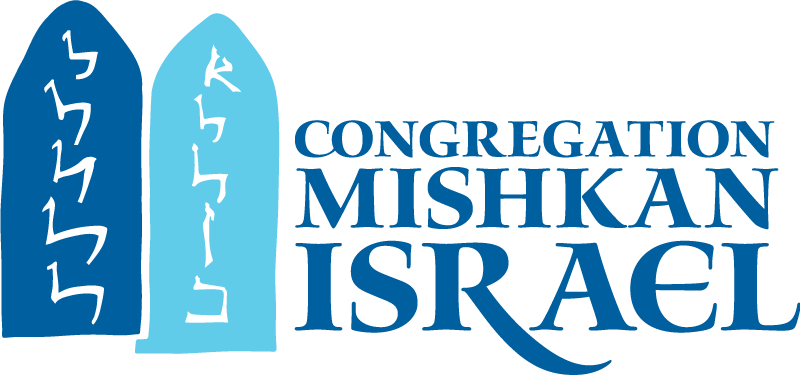National Register of Historic Places
On March 26, 2021, the Connecticut Historic Preservation Review Board approved the nomination of Congregation Mishkan Israel’s building to National Register of Historic Places, which recognizes resources significant to our nation’s history. CMI’s significance is due to influential contributions of our leadership and congregants at the height of the local and national African-American Civil Rights Movement. Our congregants play a high profile advocacy role by joining local protests against racial discrimination, canvassed to raise awareness of inequality issues, and having had prominent leaders of social justice movements, including Reverend Martin Luther King, Jr., to speak at the Temple. This involvement continues to this day. In addition, CMI’s facility is a seminal example of the mid-Twentieth Century Modern style in religious architecture. Listing on the National Register of Historic Places qualifies the synagogue for numerous private, state, and national grants to help maintain and preserve its character-defining features. A special thanks goes to Dr. Leah Glaser, who prepared the nomination with her graduate assistant, Elizabeth Correia.
Historic Conditions Assessment Report
Our tradition teaches us to remember the past so that we can build upon it for a strong and vibrant future. If this is true for our religion and culture, it may also be true for our beloved home. As our building is listed on the National Historic Register, we have a responsibility to future generations of CMI members to preserve our facilities. As we restore, conserve, and preserve our home, we need to be mindful of its historic significance and understand the existing conditions of the building. The first step in this process is to commission a Historic Building Conditions Assessment, which will identify ongoing maintenance efforts to maintain and sustain our facilities. CMI is working with a company called Modern Ruins and they have completed an Assessment Report. This architectural firm is dedicated to historic preservation, planning & sustainable design. They strive for a balanced integration of technology and tradition, and have pioneered the integration of sustainable design practices into all preservation projects, enhancing the intrinsic qualities of heritage sites. Following are excerpts from their report.
